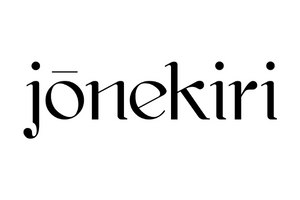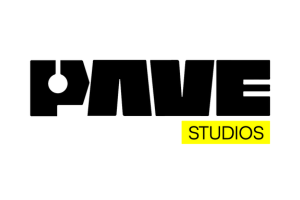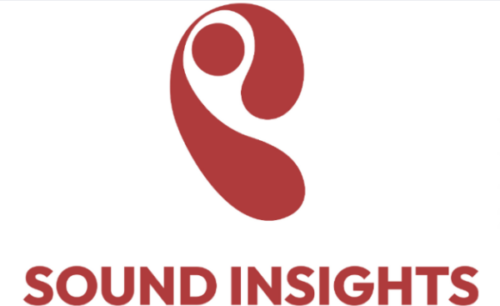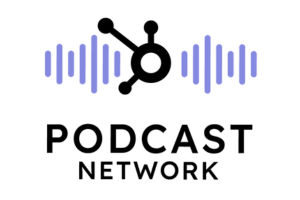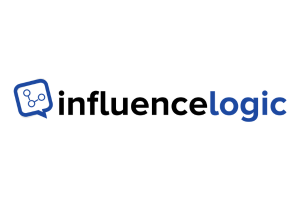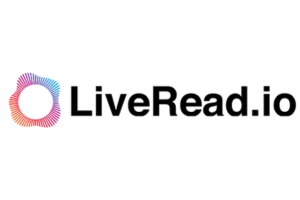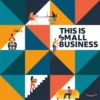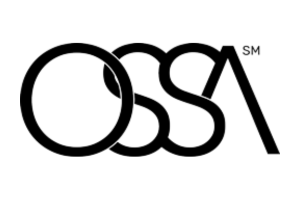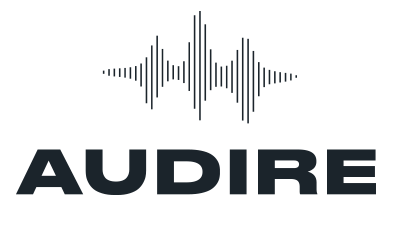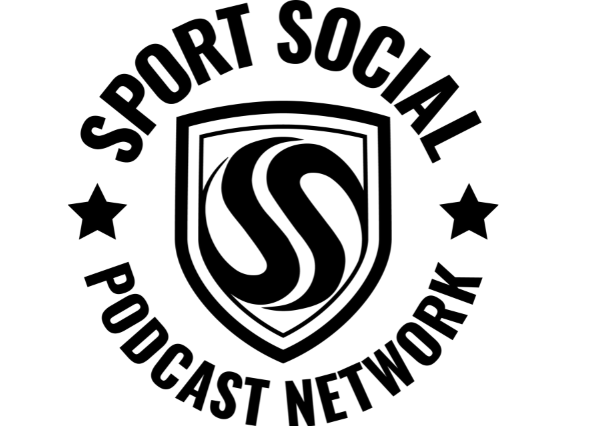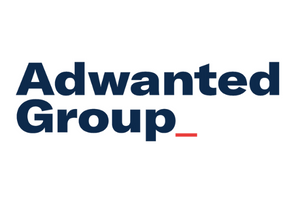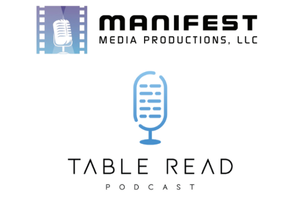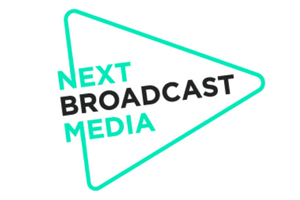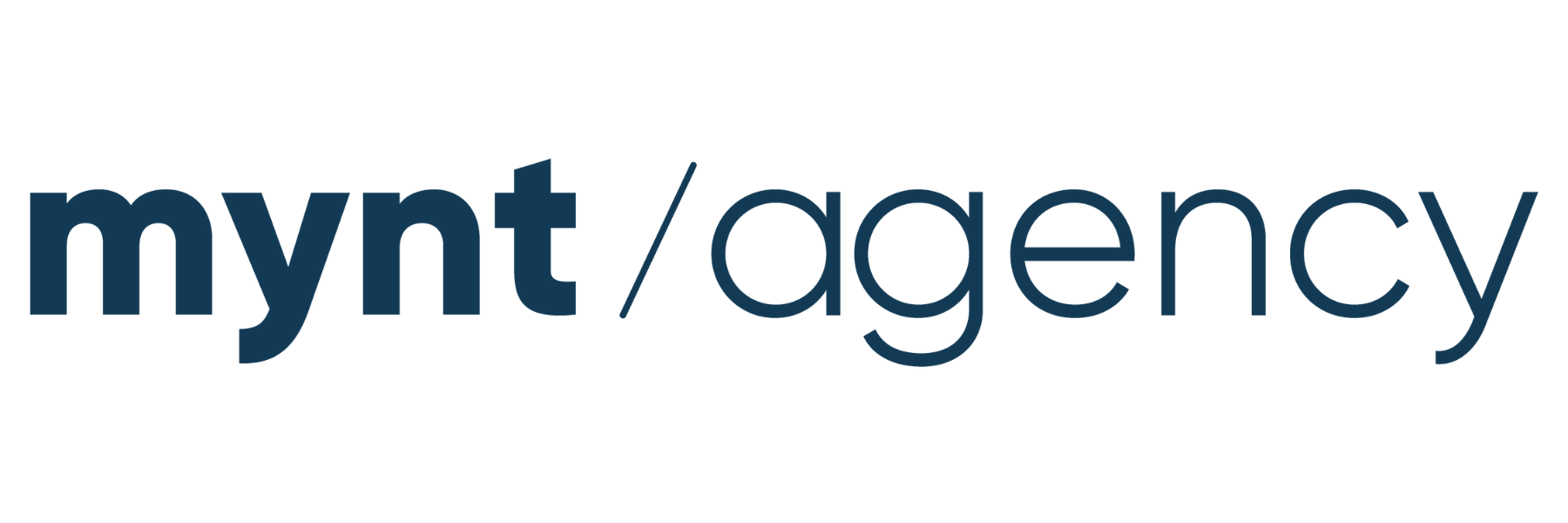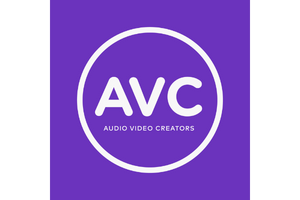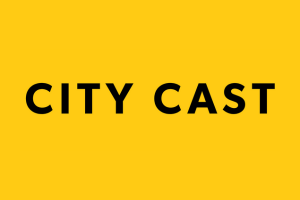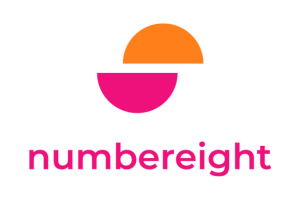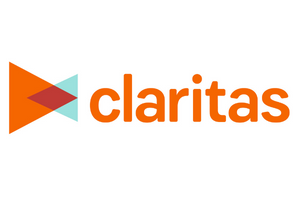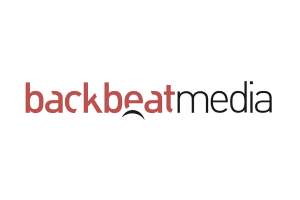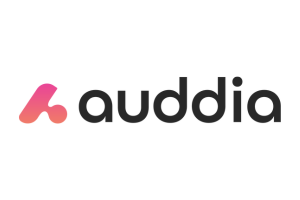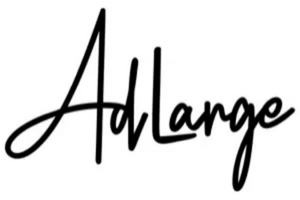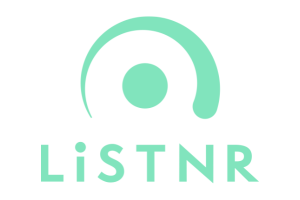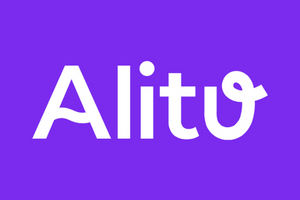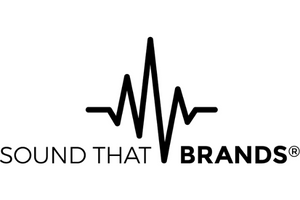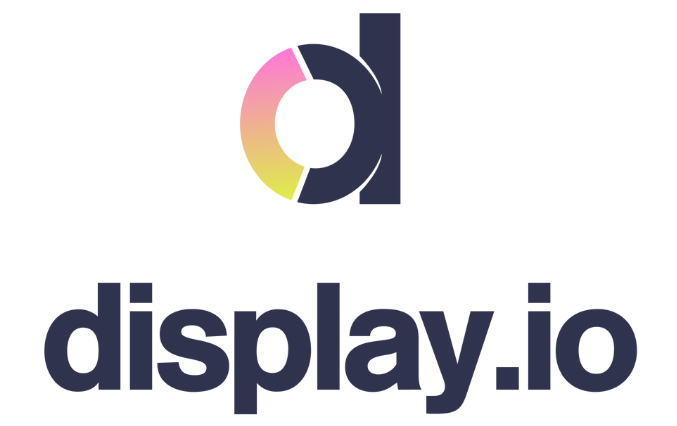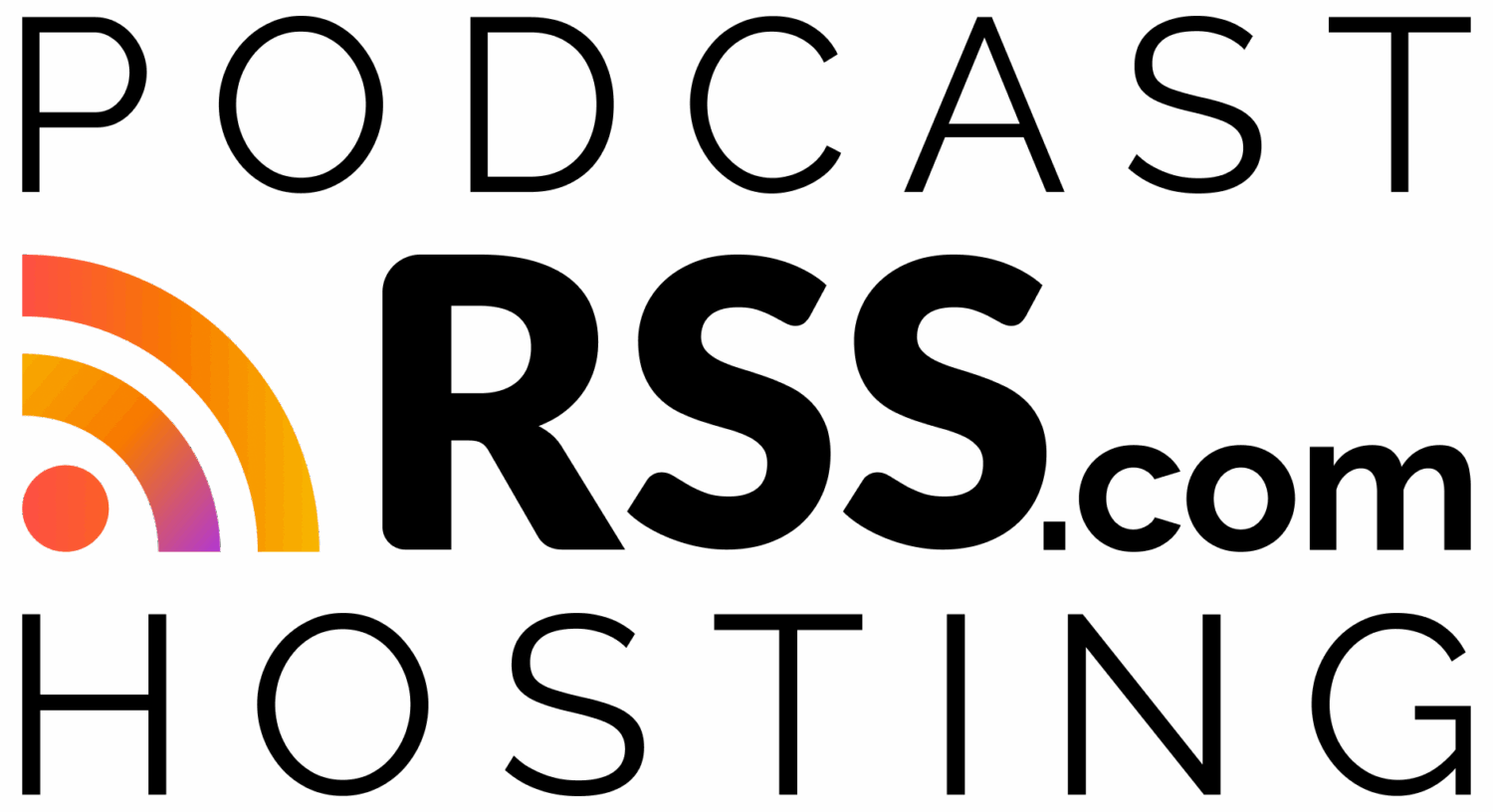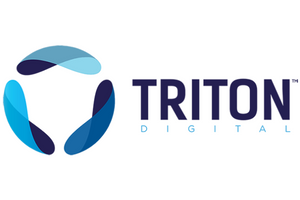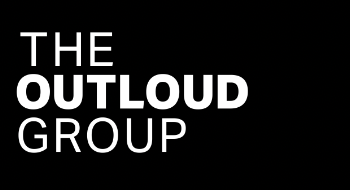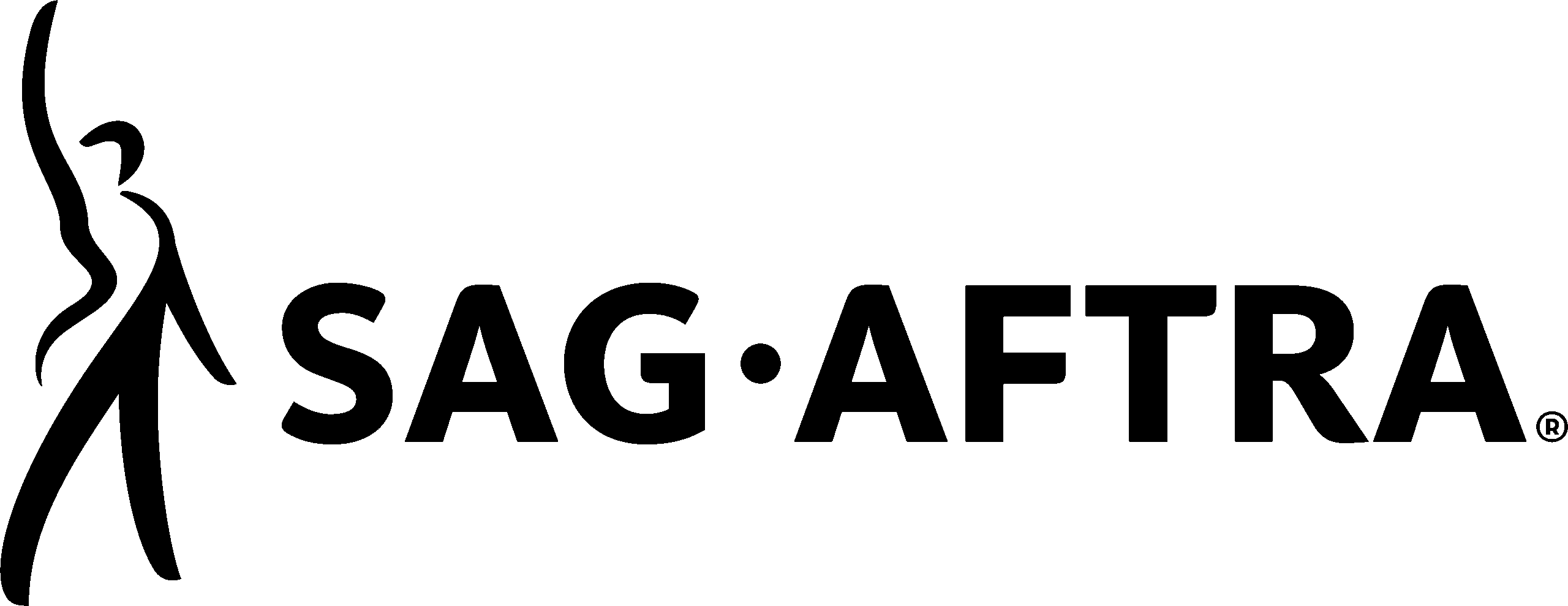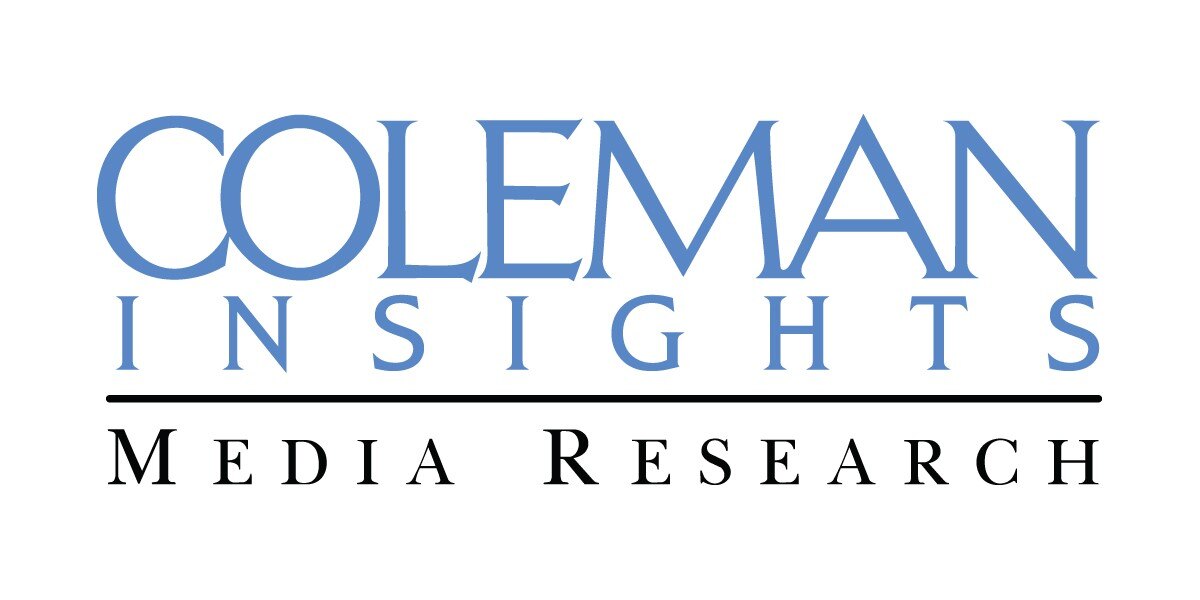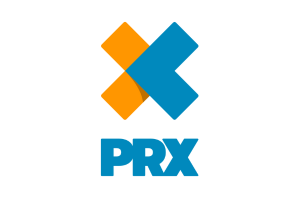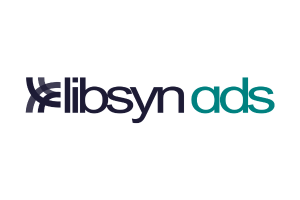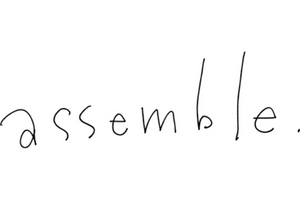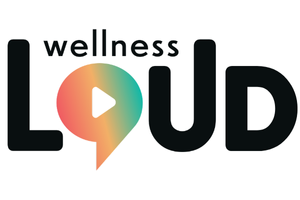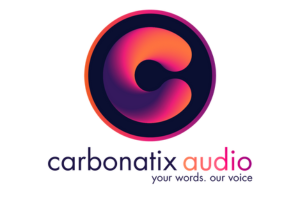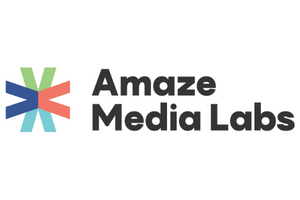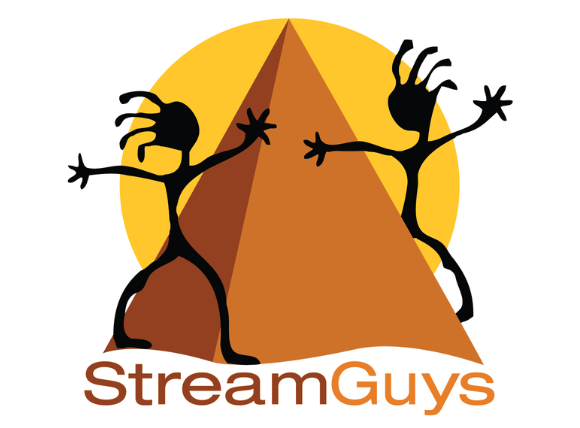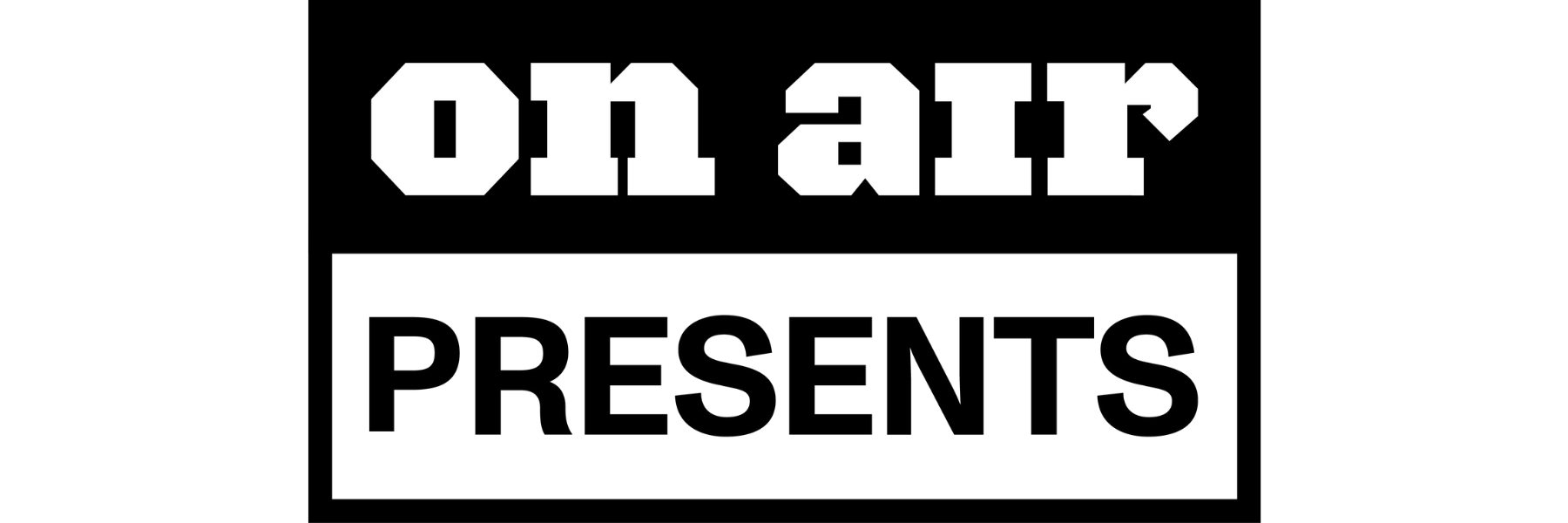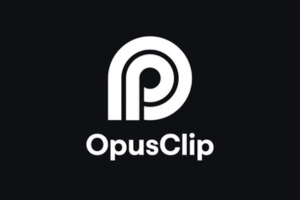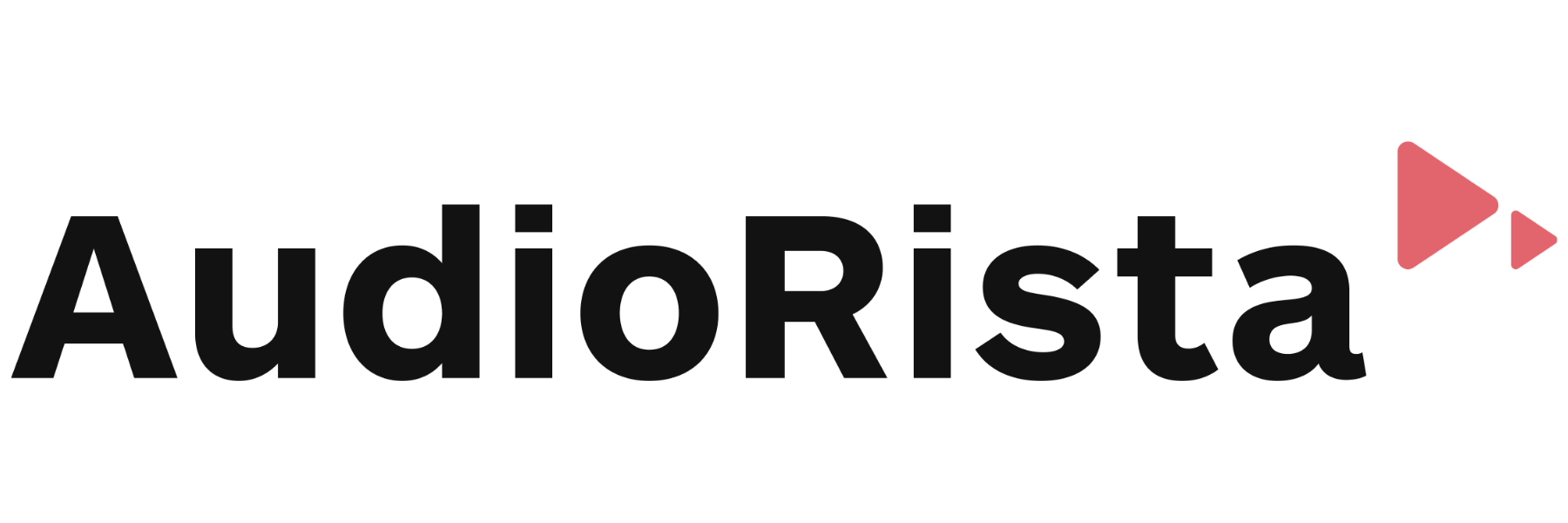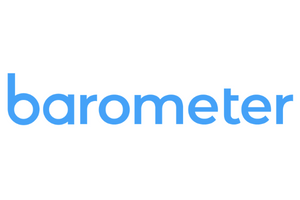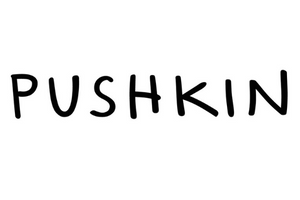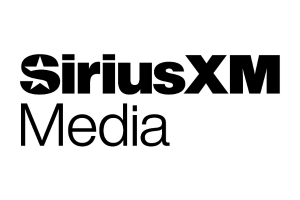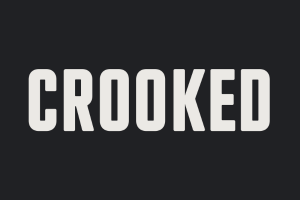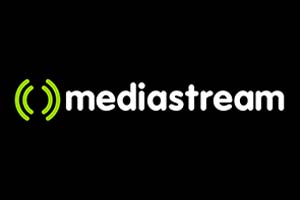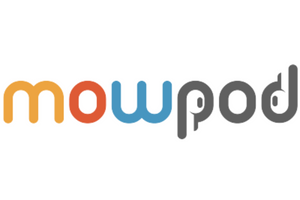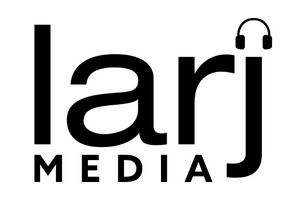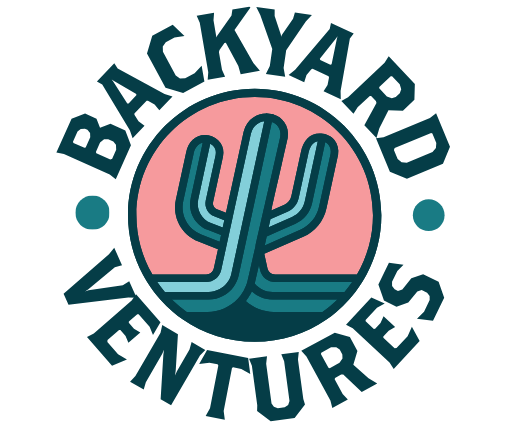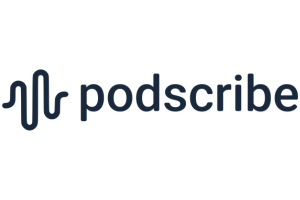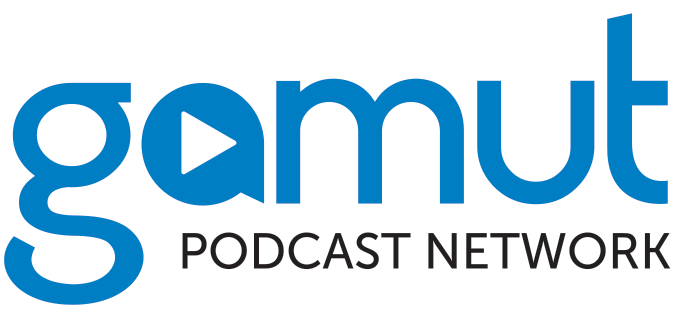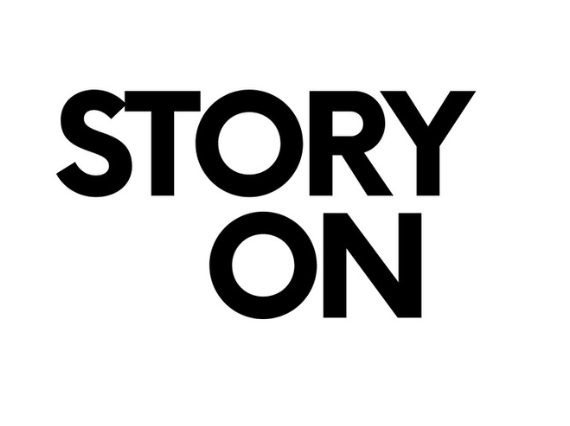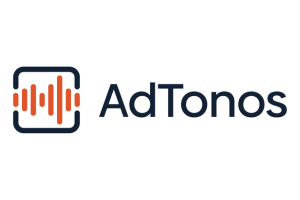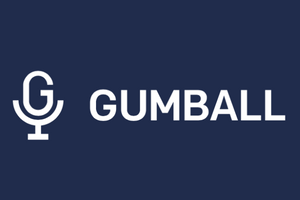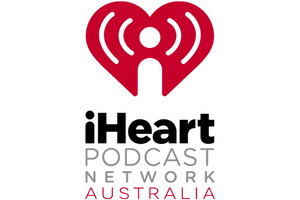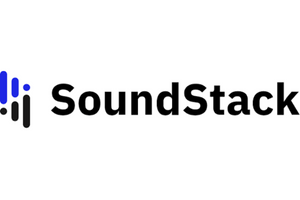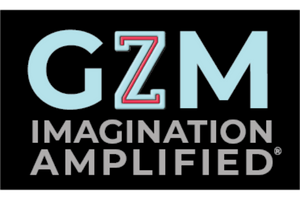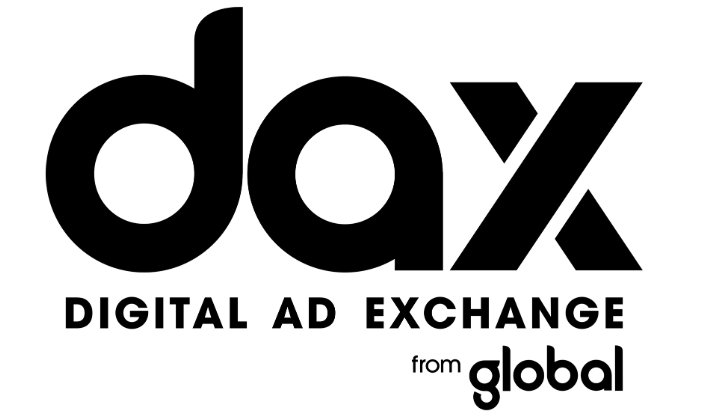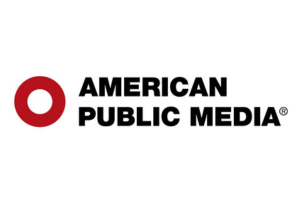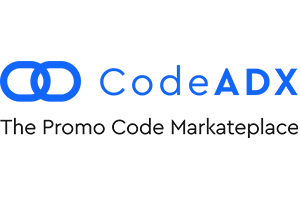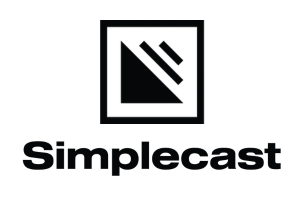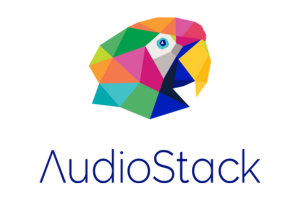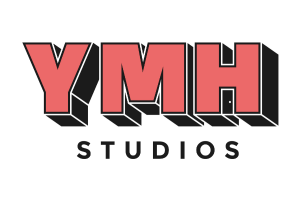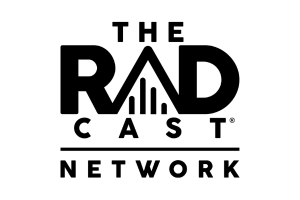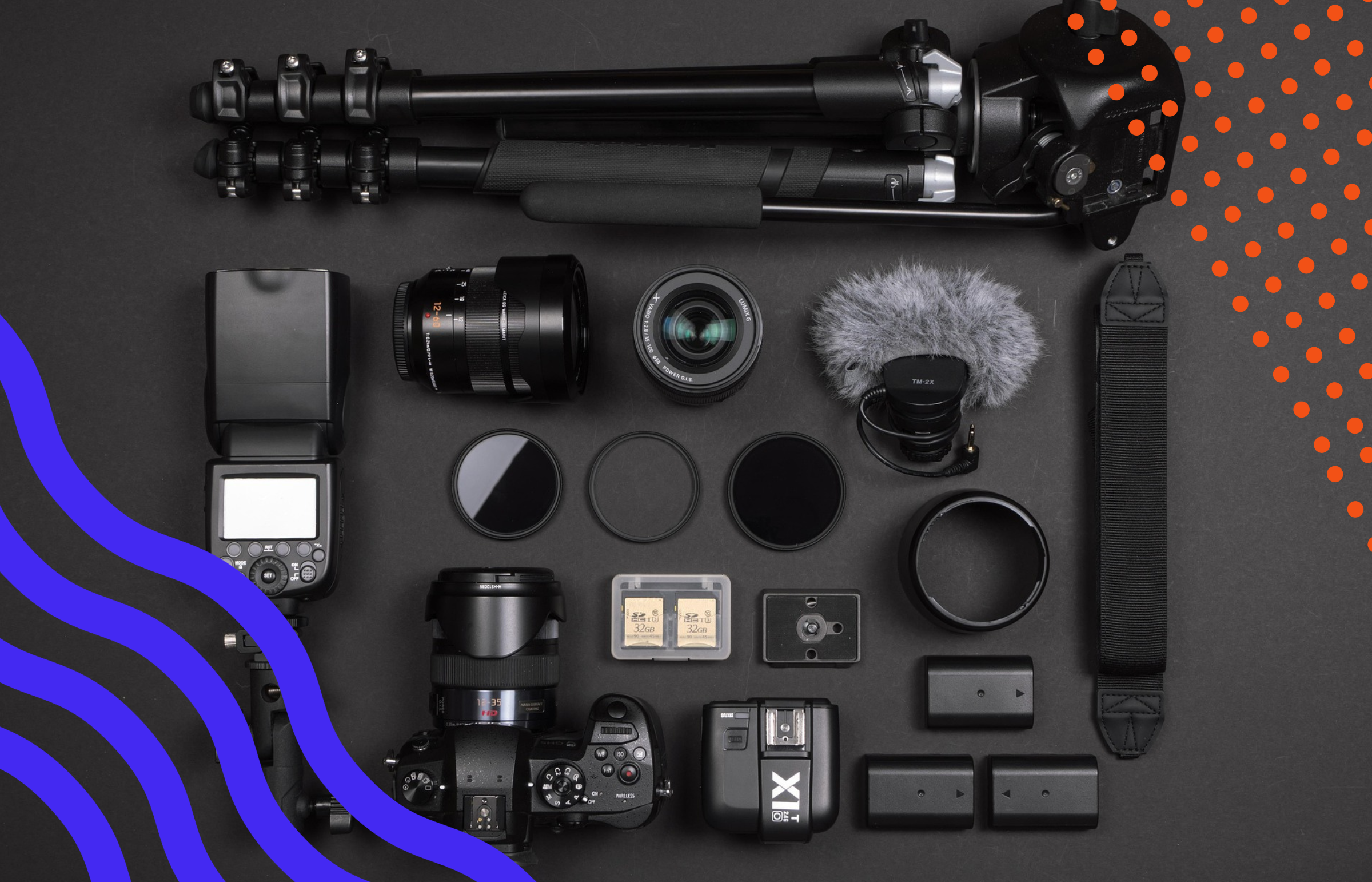<iframe src="" width="100%" height="200px" title="Canada's Growing Podcast Scene, Reframing Short-Form Clips, & More" frameborder="0"></iframe>
The Podcast Landscape 2025: Maturity, Growth, and What Comes Next by Tom Webster
Responses from over 5,000 Americans fielded for The Podcast Landscape 2025 find organic growth for podcasting has slowed noticeably as the industry matures. When thinking about a medium maturing, there are two distinct examples to consider: radio’s consolidation of content and retraction of funding original programming vs. streaming, which proliferated out to focus on diverse, quality content over quantity. A quote from the article:
“This maturation means the days of rising tide lifting all boats are transitioning to the next phase. The podcasters and podcast companies that will thrive in this next phase are those that understand they need to actively compete for attention rather than simply existing in a rapidly expanding ecosystem. It’s the difference between being a pizza restaurant when America was discovering pizza versus being one today – you better be really good at what you do.”
YouTube is a core part of podcasting today, even for audio-first productions. In fact, audio remains as important as ever. Even those largely consuming video podcasts on YouTube are still listening to that video a lot of the time. 47% of YouTube podcast consumers in the Podcast Landscape survey consume most of their content as audio-only. Despite the widespread assumption going to YouTube means making audio podcasts visually engaging, almost paradoxically the opposite is true: video podcasts can’t slack on the audio experience or they’ll turn off the large chunk of audience who use the podcast as ‘second screen’ content, or outright put the phone down to listen.
With change comes opportunity. Podcasting crossing the barrier into a majority of Americans consuming podcasts every month means it is no longer a techy niche or a nice-to-have for marketers, podcasting is a necessity in American media consumption. It is a cemented part of millions of people’s lives. Growth will continue, the question is if the industry will do it thoughtfully, learning from the mistakes of other maturing media forms like radio.
Canadian Podcast Listening Reaches New High: 46% of Adults by Matt Hird
A look back at nine years of Signal Hill Insights’ The Canadian Podcast Listener report. Back in 2017 24% of Canadians aged 18+ were monthly podcast consumers. As of this year that number has risen to 46%, which itself is a significant jump. A quote from the article:
“Between 2024 and 2025, an additional 7% of the entire Canadian adult population has become monthly podcast consumers. Now 46% are tuning in to podcasts. For contrast, the largest single-year jump we had seen previously was a 4-point rise from 2021 to 2022. Weekly consumption is up as well, from 29% last year to 33% in 2025.”
Newcomers to Canada are making an impact, as starting last year the report started more carefully tracking the podcast habits of respondents who had moved to the country less than five years ago. The 2024 report found 76% of Canadian newcomers consumed podcasts monthly, due in part to the demographic skewing younger (as younger demographics have a higher likelihood of at least being aware of podcasts). Hird teases later this year Signal Hill Insights will have more, well, insights about podcast Newcomers, including data on show languages and countries of origin.
Hird goes on to say this evolution of the CPL is a reflection of podcasting’s continued evolution. Evergreen questions still remain, keeping track of details like discovery and platform use. But in 2025 SHI is adding questions about watching vs. listening behavior, consumption of podcast content in other forms of medium, and examining the reasons why lapsed paying subscribers made the decision to stop.
Short-Form Video Clips Could Cannibalize Podcasters’ Real Audiences by Ashley Carman
A new issue of Soundbite looks at the common video podcast promotion strategy of clipping juicy moments of conversation and uploading them to social media. On paper, shotgun-blasting clips to YouTube Shorts and TikTok is a promotional strategy intended to draw new audiences into consuming the full podcast on YouTube, or listen to it in the audio podcast ecosystem. Unfortunately this comes as a double-edged sword. A quote from Dan Misener, co-founder of Bumper:
“It’s nowhere near as impactful as people want. The disappointment I have seen from creators often stems from lack of clarity around what clips are in service of.”
A source of that lack of clarity might be forgetting whose homework podcasting has been copying from. The modern trend of clipping longform podcast conversations to juicy bits, is largely derived from the social media marketing strategies of live streamers (notably: Twitch gamers). While the concept of clipping highlights of longer content is not attributable to video game content creators, it has been refined over the 2010s/2020s into the industry that currently exists.
Short-form clips, highlight reels, they’re the promotional bread and butter of streamers. Both act as a way to generate a second stream of revenue off originally ad-supported live content, as well as create FOMO for those who watch after the fact. Clips designed to make the viewer want to be present for the next stream and be one of the cool kids who saw it first.
With a recorded podcast, however, there’s the risk audiences are effectively being told they can wait a few days and be spoon-fed clips of “the good bits” while all of the “filler” content is left out. At their worst, clips can highlight just how under-edited the “full” episode really is.
That said, it’s not all doom and gloom. The current thriving ecosystem of long-form YouTubers – independent of podcasting – shows short-form cannibalization is not necessarily an existential threat. Possibly because they have a much different strategy. Video essayists like Eddy Burback, Jenny Nicholson, or Dan Olsen aren’t cannibalizing the juicy bits of their videos (often funded via sponsorship deals). They’re maintaining TikTok and YouTube Shorts accounts for their personal brands that then funnel audiences over to YouTube for long-form videos.
Amazon is dialing up its DSP in pact with SiriusXM by Ronan Shields
This week SiriusXM and Amazon DSP (demand-side platform) announced a new deal that brings over 160 million listeners from SXM’s Pandora and SoundCloud to the platform, making them the largest audio partner in Amazon DSP. SiriusXM podcast inventory is also slated to be added to the DSP. A quote from the article:
“Advertisers using Amazon DSP will be able to layer SiriusXM’s listener data with Amazon’s signals, apply goal-based bidding across channels, and fold audio into unified reporting. Amazon is also promising full-funnel measurement through its clean-room product, Amazon Marketing Cloud, where audio exposures can be tied to outcomes like site visits or sales.”
This announcement serves as another rough one for The Trade Desk, as evidenced in AdExchanger’s last Friday issue of Optimizing the News that rounded up complications for the company before the SiriusXM deal was public. Now with the new deal, Amazon DSP is another notch in the belt of a company performing well across the board with CTV, audio, influencers, streaming, gaming, retail and even physical out-of-home (see: the box advertising Dexter: Resurrection that my cat food arrived in last week). The Trade Desk’s position as the defacto DSP is no longer as rock-solid as it once was.
New ways for creators to earn more with brand partnerships by Todd Sherman and Michael Beckmann
While a good chunk of the post is re-announcing previously announced tools for YouTube creators, the big one that might lead to a tidal shift in how YouTube and video podcasting is managed is YouTube’s version of dynamic ad insertion. Soon longform video creators will be able to dynamically insert brand segments into designated slots. A quote from the post.
“This new format enables you to remove the sponsorship when the deal is complete, resell the slot to another brand or eventually sell the same slot to multiple brands in different markets — transforming your videos into living assets to grow your business.”
The feature is slated to be tested with a small group of creators early next year. This has the potential to change the face of YouTube, as a good portion of “event” videos that require large sponsorship deals will no longer have to have that sponsorship permanently baked-in. With a YouTube version of DAI, those sponsorships could become hot-swappable (which might have a knock-on effect of making old-school baked-in sponsorships even more valuable).
Finally, it’s time for Quick Hits. These are articles that didn’t quite make the cut for today’s episode, but are still worth including in your weekend reading. This week:
- Pack your sunscreen, the Little Black Book & Friends Beach will be back at Cannes 2026: June 22nd through 26th. Interested parties can RSVP now (quick heads up: Sounds Profitable is sponsoring the LBB & Friends beach and as such all SP partners get access).
- The Podglomerate has a new episode of Podcast Perspectives focusing on how to get a podcast reviewed by respected media outlets, featuring guest host Alice Florence Orr, Managing Editor of Podcast Review.
- Owl & Co. have a new report looking at The Long View on Short Form. Scripted micro-drama series telling movie-length stories in two-minute cliffhanger-driven segments are a multi-billion dollar industry, but they’ve yet to have their Serial moment.
- Amplifi Media founder Steven Goldstein has a new piece dubbed The Tsunami of AI Content: When More Becomes Too Much, featuring a discussion of choice paralysis if podcast apps get flooded with AI generated near-identical content, as well as feedback from his gen Z students re: generated podcasts.


